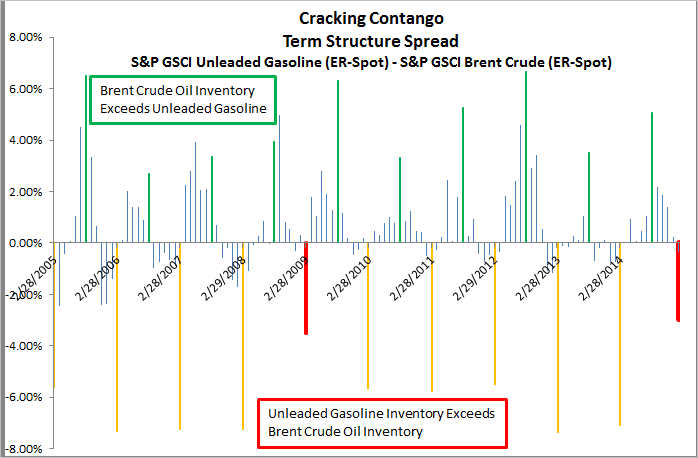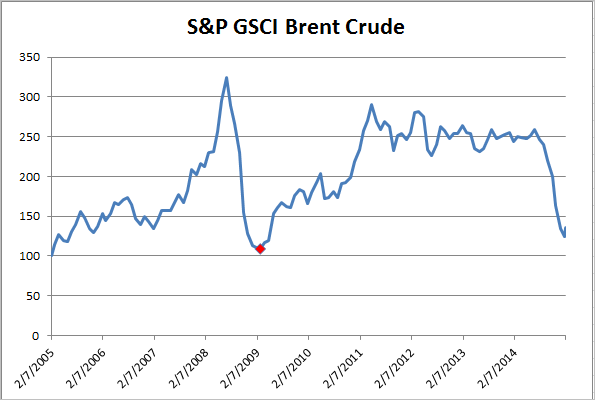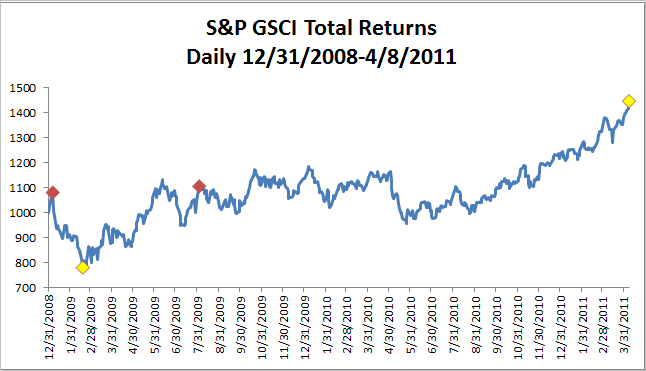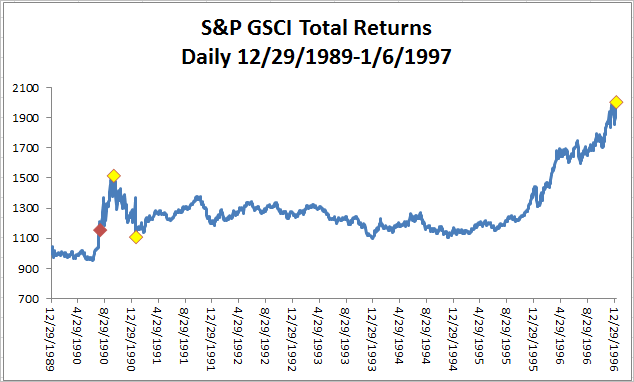Credit Suisse recently published their Global Investment Year Book for 2015 covering investment performance from 1900 to 2014 for 23 countries. The results so far in the 21st century are surprising: in 19 of the 23 markets bonds and fixed income outperformed stocks from 2000 to 2014. The four equity markets that beat fixed income were Denmark, New Zealand, Norway and South Africa. In the 20th century stocks beat bonds in every market. (Data on China do not cover the entire century so it 22 of 22 for 20th century stocks.)
The results aren’t driven by bear markets in stocks. Although five markets show negative returns so far in this epoch, there were some reasonably strong equity markets which still lagged fixed income including Australia, Canada and Sweden. The explanation is both the currently low interest rates and the misfortunes of equities. Ten year treasury yields peaked in the fall of 1981 and been bumping downward ever since. The bull market in bonds covers the last fifth of the 20th century and all of the 21st we have seen so far. The equity story is very different – once bond yields began sliding in 1981, equities began a 20 year bull market that carried them through to the turn of the century. Then fortunes turned and we have seen two deep bear markets where the S&P 500 lost about 50% since 2000. With interest rates down to zero and even negative in a few European markets, one must believe that the bull market in bonds is close to ending. Providing equities advance, the odds favor stocks out-performing bonds during much of the new century.
The posts on this blog are opinions, not advice. Please read our Disclaimers.












